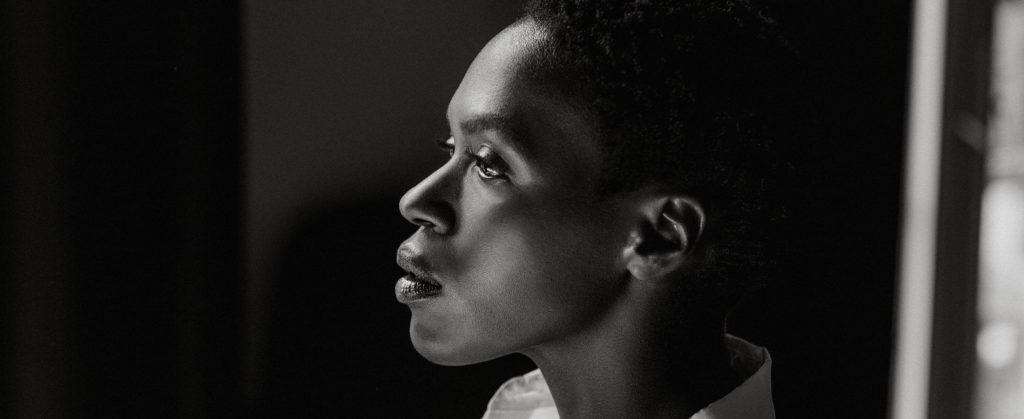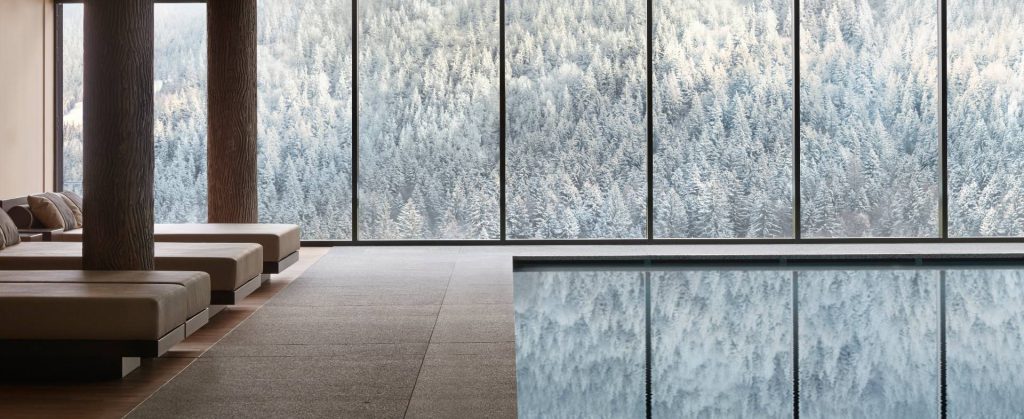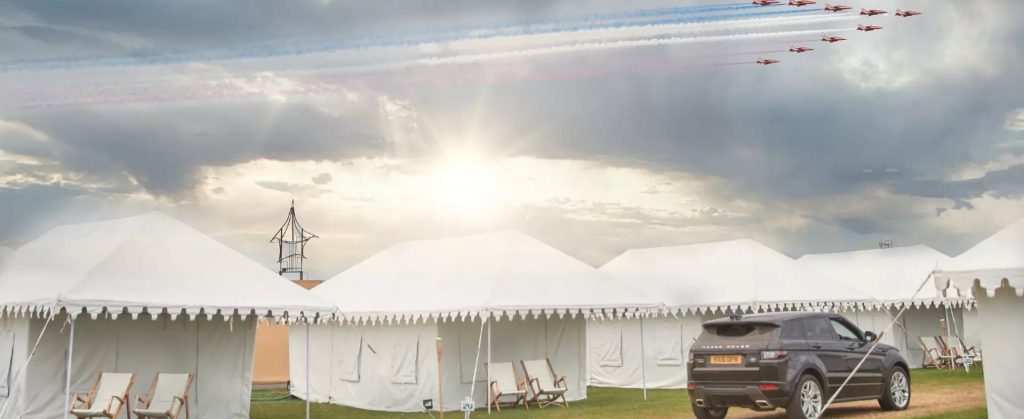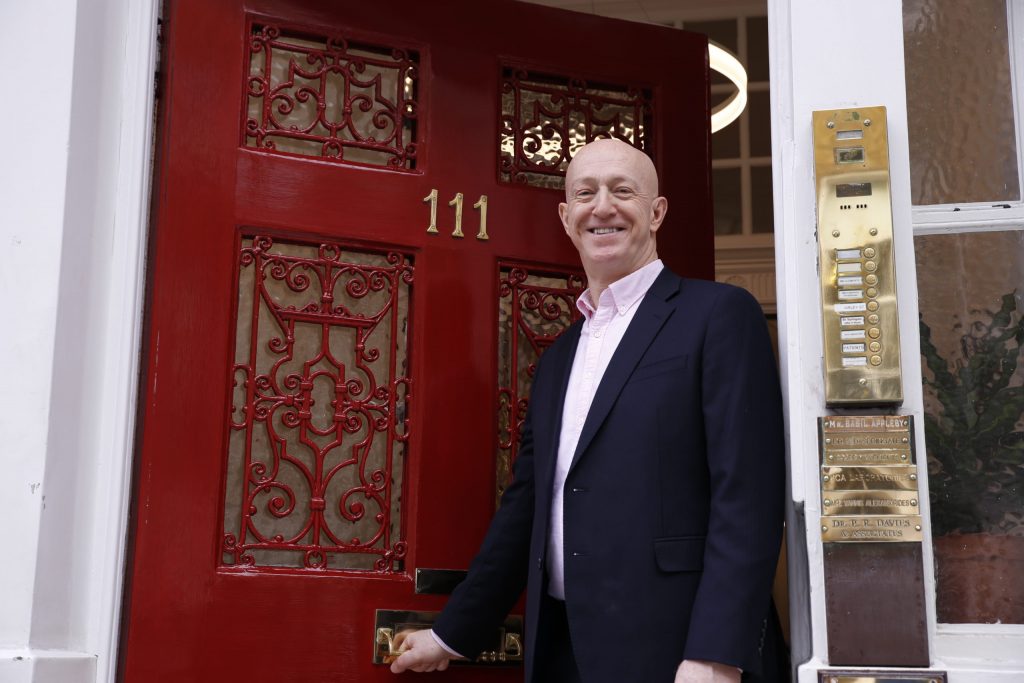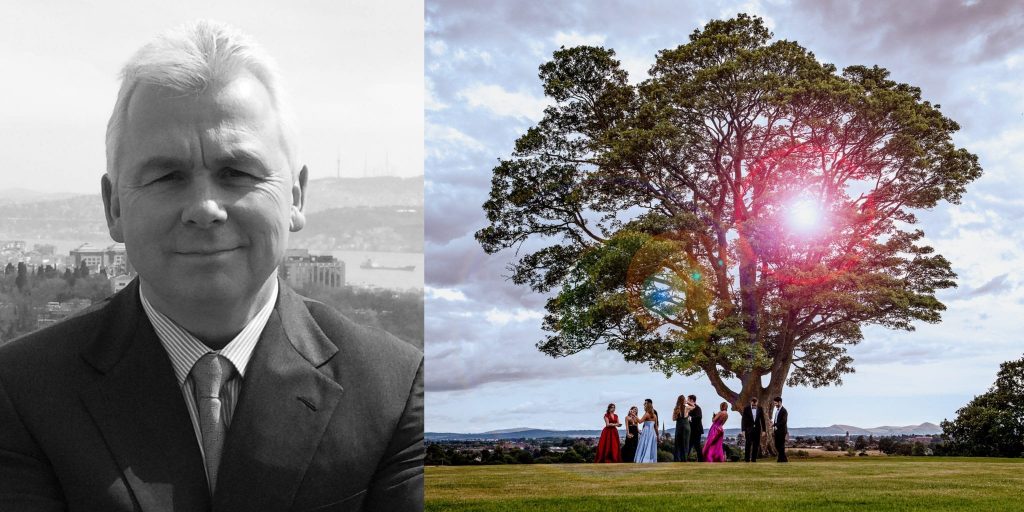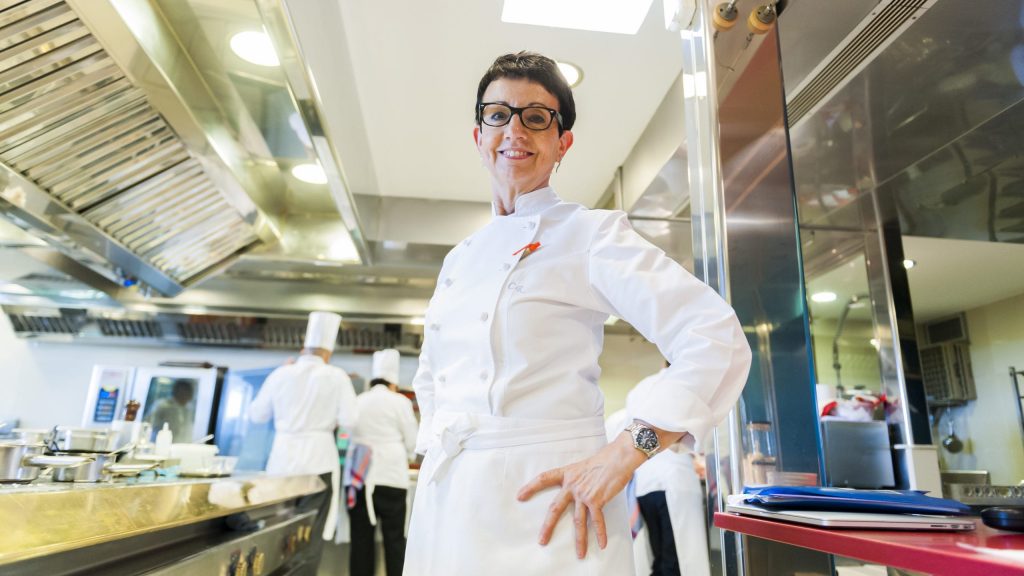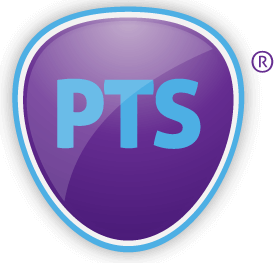“Plastic surgery needs absolute surgical excellence, but more so an artistic approach to it. A humble balance between science and art, where your canvas is the living tissue of another soul.” Dr Tunç Tiryaki is a world-renowned, board-certified plastic surgeon and Chair of the Humanitarian Programs of ISAPS. The Sybarite spoke with Dr Tiryaki on how he got started in the plastic surgery field, how the pandemic has affected the industry and his advice to the future generations.
Tell us a bit about yourself – what is your background and how did you get into the plastic surgery field?
My name is Mr Tunc Tiryaki and my father was a professor of molecular biology and biophysics. My uncle was an internationally renowned dentist, which continues with me and my cousins.
When I was a child, all the visitors to our household were my father’s friends from the medical faculty. I grew up in a medical environment.
When you choose surgery though, you encounter a dilemma. If you want to be a great general surgeon as an example, usually what you do is to do something which is described in the textbooks in an extremely good way. And that is it! No space for creativity, no innovative challenge, no artistry.
Plastic surgery is the only surgical field, where every single reconstructive case is unique, and you have to walk an unbeaten track. Every single aesthetic case is a unique challenge, where you must gauge not only the surgical need of the patient but also the individual ageing process, the psyche as well as the internal dilemmas of the patient, even the specific environment.
Plastic surgery needs absolute surgical excellence, but more so an artistic approach to it. A humble balance between science and art, where your canvas is the living tissue of another soul.

Your Stem Cell Mini Facelift has come into the spotlight. What makes this procedure so revolutionary and has it been very popular?
Ageing has three elements: Bone level volume loss, volume loss related to skin sagging and the reduction of elasticity of the skin. Traditional face-lift only addresses the process of the skin sagging. The stem cell treatment can solve multi-layer volume loss as well as skin quality loss.
The art of natural facial rejuvenation must be a balanced reversal of this volume loss using our tissue and relocation of the attenuated skin and muscles back to their original locations. Naturally, we should choose the least invasive approach to get the optimum result.
Thus, my approach incorporates sedation instead of general anaesthesia to minimise downtime, meaning a quick and easy return to your daily life.
The operation is performed around the mid-face and jawline and involves the removal of the excess skin that has sagged during the natural ageing process. After removing the skin excess, we relocate the facial muscles to their original places, thus there is no unnatural sign at all. After the skin and muscles are treated, the resorbed facial muscles are reinforced using your fat cells. The whole process takes around 1.5 to 2 hours and usually there is no need for a hospital stay.
The surgical scars are unnoticeable as they are hidden in anatomical creases beside the ears and within the sideburn area. The Stem Cell Mini Facelift only takes between one and two hours. No overnight stay in hospital is required, and post-operative recovery is much faster than a full facelift! This swift and easy recovery means minimum fuss and a quicker return to your normal life. Removal of bandages occurs within the first 48 hours (allowing for face and hair washing without restrictions). The tiny scars are hidden behind the ears so that not even your closest friends will know you have undergone a facelift. The removal of stitches occurs after a week and your daily routine can be resumed in only ten days. By the end of two weeks, bruising and swelling disappear, leaving you looking ten years younger and red carpet ready!
What are some of the most popular other procedures you do?
My pioneering work is at the forefront of aesthetic research – he is the co-author of the ‘Stem Cell Therapies’ chapter of a major two-volume textbook, as well as the winner of the ‘Best Electronic Paper Award’ at the 2008 World Congress of the Aesthetic Surgery Society in Melbourne for my paper ‘Shuttle Lifting of the Face’.
I have a specialist interest in mini facelifts, and hold patents for my incredible innovative techniques, achieving exceptionally natural results. Including Micro-lift, less invasive rhinoplasty and non-surgical facial rejuvenation.
I also have international books focussing on abdominoplasty and I am editing two additional textbooks regarding the stem cell face-lift and microlift procedures.
What advice do you give to people coming (to you) for plastic surgery for the first time?
The first thing I do with the patient is to hold an extensive consultation and together we evaluate if they require any procedures. After this diagnostic communication with the patient, we assess the procedures, discuss any alternatives and choose the least invasive treatment that will give the most beneficial results, taking into accounts the patient’s lifestyle daily routine etc.

How much of your time do you spend teaching and how important is this to you?
Before Covid, I used to travel to teach every two weeks. For today I conduct virtual teaching and classes via virtual methods. I have a fellowship program in Istanbul, and I am currently organizing courses in London and Turkey. I believe education activities are similar to a river: if you let what you have to flow out, more will come.
On top of all of this, you have led several humanitarian programmes and emergency reconstructive surgery missions, from Syria to Sudan. Could you tell our readers a bit more about your experiences and the importance of these missions to you?
I am the Chair of Humanitarian Programs of ISAPS (International Society of Aesthetic & Plastic Surgery) and have actively led and joined volunteer missions to Kazakhstan, Syria and Georgia and also played a fundamental part in the rescue missions of the earthquakes in Turkey in 1999 and 2011.
Knowledge is power and achieving success in this sector, one that is highly regulated and specialised is vital. While no one could have prepared for the events of 2020, and the new reality presented by Covid-19, I have remained committed to helping those less fortunate who have suffered facial disfigurement but do not have access to plastic surgery care and have actively put forth my medical skills to improve the lives of others both in the UK, internationally and nationally. Because I have highly developed clinical skills and an exceptionally profound and in-depth understanding of aesthetics, I consider myself exceptionally fortunate to use this expertise and knowledge to make a difference in people’s lives, whatever their current circumstances, as I am aware that facial plastic and reconstructive surgery plays an important role in restoring personal self-esteem so that people and children may go on to live fulfilling lives. I undertake innovative and sustainable projects that provide tangible benefits to patients and their communities. When we are working in our nice and comfortable cities, it is easy to forget the shortages of available treatments in other parts of the same planet we are living on. Now at this very moment, there are children around the world who do not have access to medical treatment for their acute burns, acute traumas, congenital anomalies like cleft lip or palate, moreover, this need explodes if there is a natural mass-disasters, such as earthquakes.
I believe my profession cannot be undertaken purely for economic reasons and I believe every doctor has an internal urge to help fellow human beings and the community. Even though the work and procedures I undertake are mainly performed in a private practice, the missions I am part of are the most satisfying and rewarding work I do
How much has the world of plastic surgery developed and where do you see it heading in the future?
I think all different disciplines of science, which are trying to stop and reverse ageing are merging. We surgeons are starting to work together with basic scientists. Facial operations incorporate embryonic exosome subtracts to rejuvenate skin. Our stem cells can be harvested from our own body and utilised anywhere they are needed.
The war against mortality is becoming more and more widespread, and plastic surgeons are spearheading this eternal quest.
Pretty much evolved today into the very network of our social life. As human life is expanding, we are the ones who are keeping the beauty and physical condition in place.
How has the last year affected your industry?
Our industry is growing, and I believe because of the zoom meetings and virtual consultations. Patients could recover post-operatively in lockdown and if they needed to venture out, any facial recovery procedures could be hidden behind their surgical mask.
What is next for Dr Tunc Tiryaki?
I am a member of the Royal Ocean racing clubs, and my ultimate goal is to partake in the Atlantic race. But of course, we will continue educating young plastic surgeons, improve the quality of our services and continue on the quest to search for better treatment methods.


